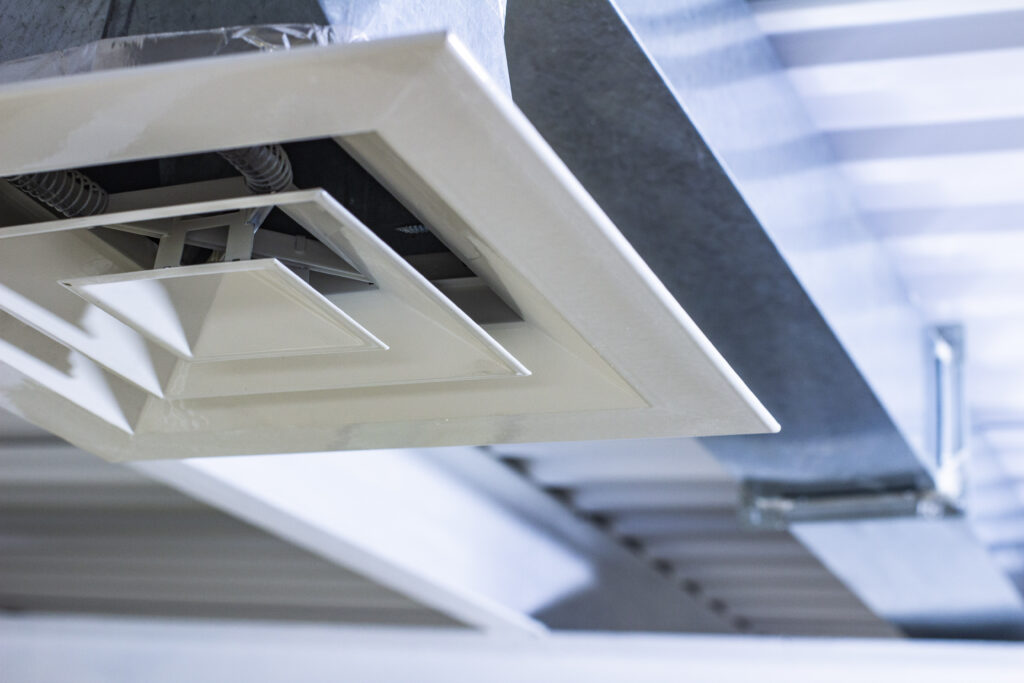
A well-ventilated roof is a happy roof.
But did you even know this was on the homeowner’s test?
The attic is traditionally the most forgotten part of a house. Basements are more accessible; even crawl spaces have to be maintained because of the plumbing that everyone depends on daily. But attics, which are the foundation of a roof, don’t get much attention.
The problem is that a poorly ventilated attic can lead to wood rot in the joists and decking that shingles are attached to. Eventually, this will require expensive repairs, brought on even sooner as shingles become detached because the wood they’re nailed to gives way.
The top layer of your home’s insulation plays a role here as well, as whole-house thermodynamics can bring more moisture into an attic if it is not well insulated.
In a nutshell, what you want to “see” in attic ventilation is enough airflow so that the temperature in the attic is not too out-of-line with the exterior temperature. If this isn’t the case, then during the summer the temperature inside a poorly ventilated attic can sore to 150 degrees, which will roast asphalt shingles from below as the sun broils them from above. This dynamic will deteriorate them much faster and can also warp other elements of the roof.
In the winter, an attic that is much warmer than the outside will cause snow to melt and lead to ice buildup at the bottom of the roof. These ice dams then wreak havoc with gutters, drains, and shingles—as water refreezes at night it works its way “up” under shingles—and lead to repairs being needed in the spring. This is a scenario where poor insulation can be a significant problem.
Another bad insulation/ventilation dynamic during the winter is creating an environment that is very good for mold—which is not a good environment for humans. Basically, moisture from daily household tasks—cooking, showering—will make its way into an attic space that’s warm enough to allow condensation to develop, which can eventually become host to molds and mildew. The earth hosts over 100,000 different types of mold—some of which are dangerous to humans—and there’s no reason why your attic should be a petri dish for them.
This same dynamic can also make it more likely that the metal parts of your roof—namely, the nails that attach the shingles to the structure—will rust. This will eventually weaken them and allow shingles to lose their grip and fly off in a storm.
Finally, a poorly ventilated and insulated attic will drive up your heating and cooling bills. In the summer the attic becomes a heat dome over your house, trapping the warmer hot air that your AC unit is trying to cool down (basically, hot air rises until it meets hotter air and then just stays put). In the winter the heated air just keeps going into the attic where no one is.
If you’ve noticed any of the warning signs of a poorly insulated or ventilated attic—or never really thought about it but want to take a proactive step in protecting the long-term value of your home—then Iconic Roofing & Exteriors can provide an inspection. We serve the Tri-State area from our headquarters in New Castle, Delaware, and can serve all of your roofing needs, including letting you know what’s up with your attic. Along with Roofing repairs and replacement we are also Delaware’s selected windows, doors, and siding experts.



